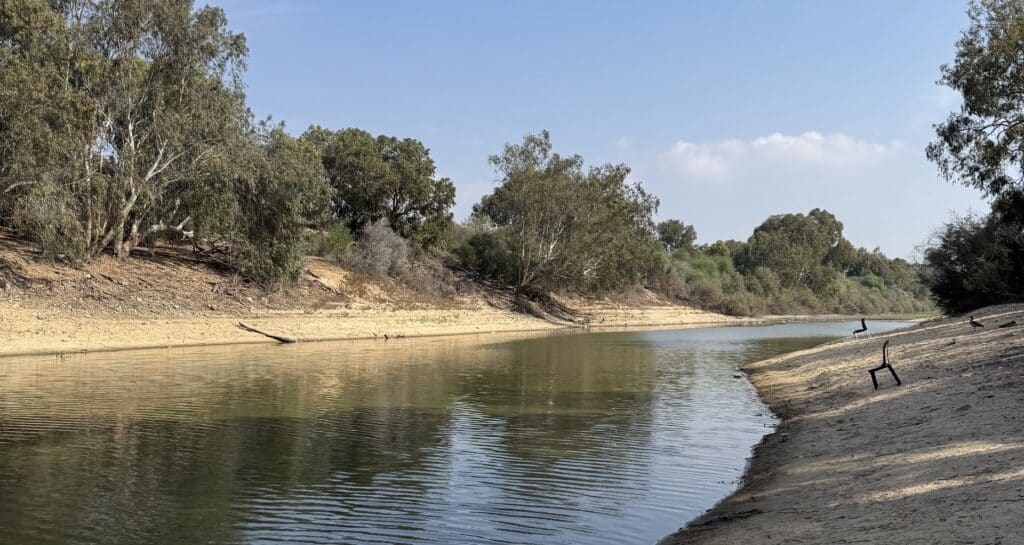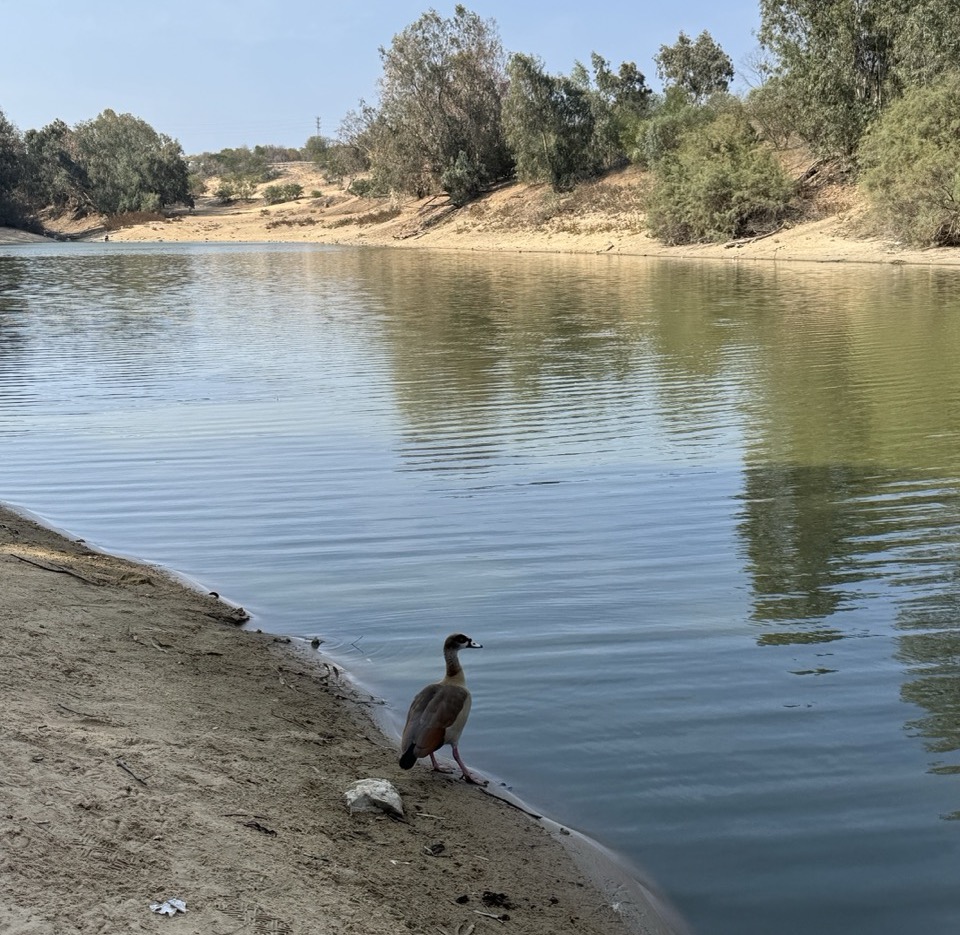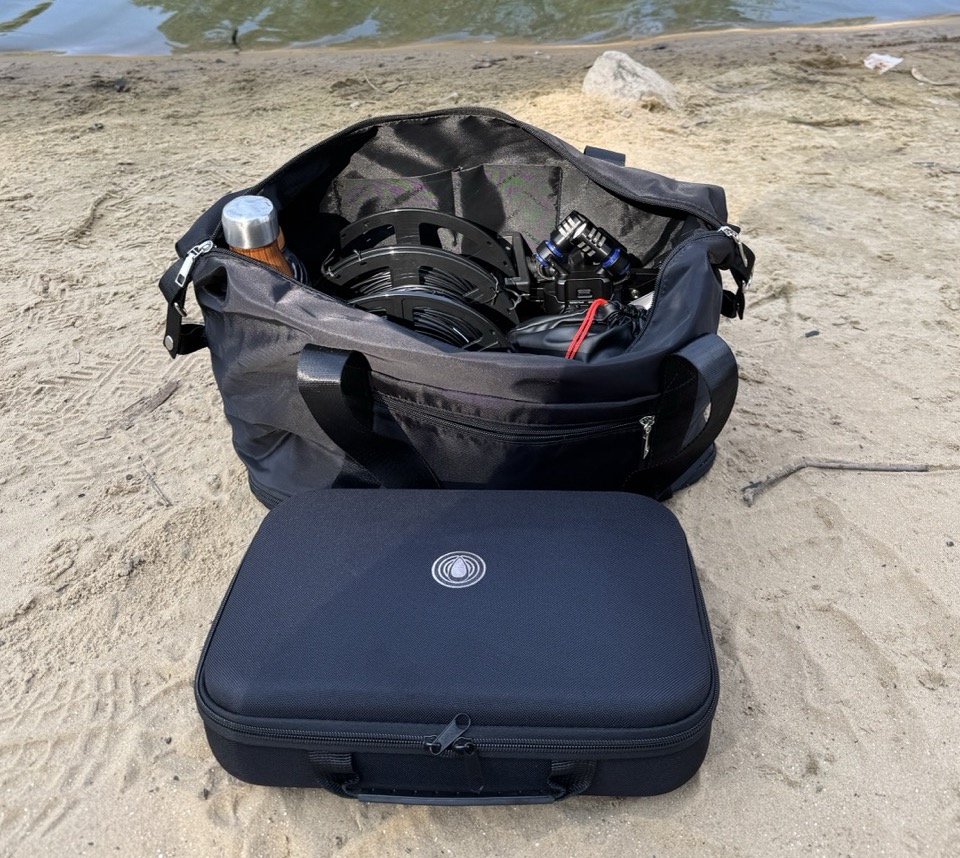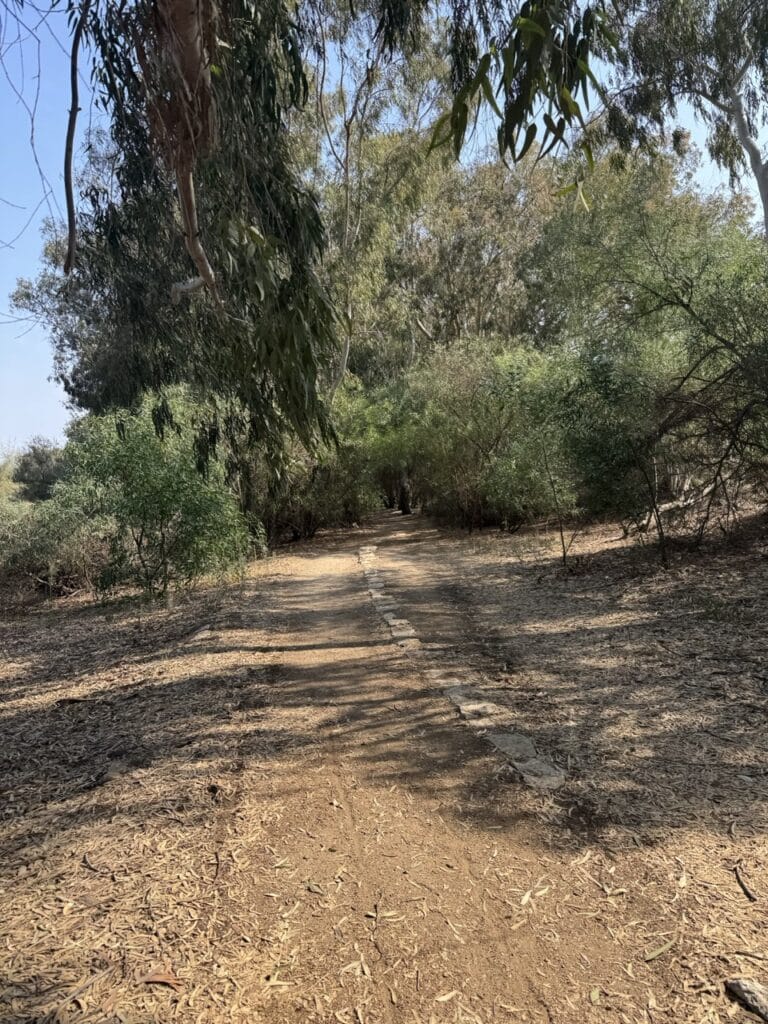
Introduction
On our journey to visit as many natural landscapes as possible, Nakik Pond was one of the favorites to finally come back to. A couple of weeks ago, on a spontaneous Saturday morning, we fulfilled this long-lasting fantasy of ours.
This pond is a small, almost dead body of water that is long past its glory days. Especially now, after the hot and dry summer, one might think it’s just some leftover water from a nearby factory.
Small but important history lesson
Nakik Pond was created in 1992 by the “Meniv” company together with the nearby Superland reservoir, supported by pumps that prevent flooding by moving excess water. South of the pond, the former Shafdan infiltration pools have become grazing fields for wildlife such as gazelles and birds. A eucalyptus grove was later planted around the pond, which today features bike paths and a developing urban park. The area has become a small urban-nature sanctuary, home to waterfowl, insects, and fish like tilapia and catfish, with fishing permitted but swimming forbidden. Visitors can enjoy picnics and nature watching, and future plans include a larger city park and recreational complex.
When I was a bit younger, we would go with my father to a field near this pond to fly a quadcopter model we’d built ourselves, try our handmade ship in the lake, and even just go for a family walk around the pond, which used to be twice as big as it is now. The sweet memories of this place will never be forgotten.
Understanding the environment

This is quite a small pond nowadays, with just a few fishermen around it. Some people just fish and have a picnic by the shore. Most of the landscape is covered with eucalyptus trees and sand, with just a small field (previously mentioned) nearby.
There were a bit of fish that would “jump” out of the water now and then, but the fishermen didn’t seem to be lucky on this particular day, though they seemed to have fun either way. Additionally, there were some ducks around, which seemed to get very comfortable with us as time went on—actually too comfortable, as they got within a meter of us just before we started leaving.
Gear
To make the most of our recording session at Nakik Pond, we brought a small but focused kit designed for flexibility and high-quality underwater capture. Our main tools were three hydrophones with different cable lengths, allowing us to test both shallow and long-distance placements. We paired them with a reliable recorder, power sources, and a few practical field accessories that made the work smoother.

What We Packed
- AquaHear 1.5 Hydrophone — 45 m cable
- AquaHear 2.5 Hydrophone — 45 m cable
- AquaHear 1.5 Hydrophone — 5 m cable
- RigidEnhancer Preamplifier
- Zoom H5 Recorder
- BNC to 6.25 mm (1/4”) Adapter
- Monitoring Headphones
- Two 12 V Rechargeable Batteries
- Long Rod — for lowering the hydrophone straight down from above
- Three Compatible Weights
- Notebook & Pencil — for quick field notes
- Drinking Water — essential for a long day outdoors
With this setup, we were able to experiment with different depths, signal levels, and acoustic environments around the pond, capturing a wide range of underwater sounds with ease.
What we heard
The sound is very quiet (can be heard with a lot of amplification) and feels deep, almost distant. You can hear the water flows, some repeating squeaking noise and an ambient deep friction.
We weren’t able to identify where the squeaking noise came from but it was a very pleasant listening experience. The nature is always calming and just the feeling of going out, recording, and “feeling the dirt” is really nice.
Conclusion
Our short visit to Nakik Pond turned into an eye-opening experience. Even in a small, peaceful pond, there’s an entire spectrum of hidden activity. We’re excited to explore more places like this and continue exploring less-known places.

